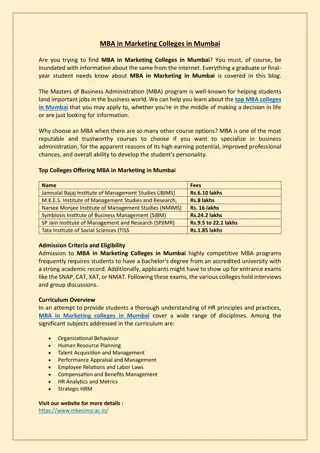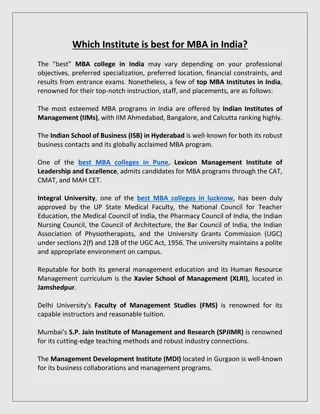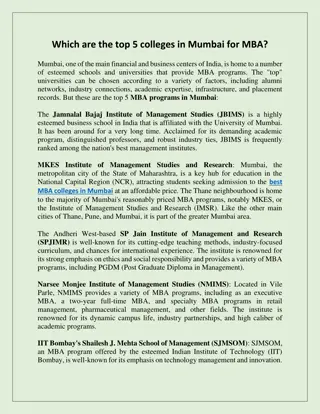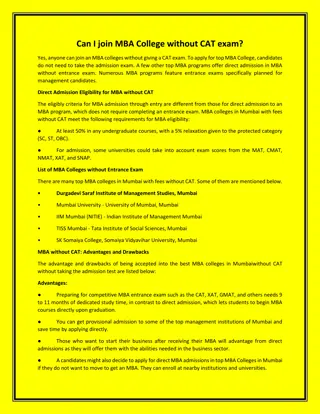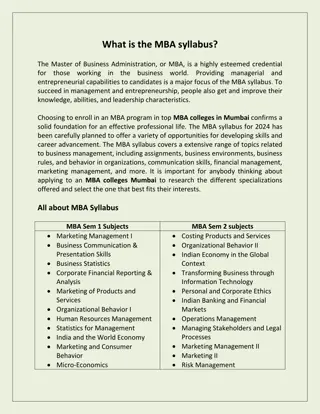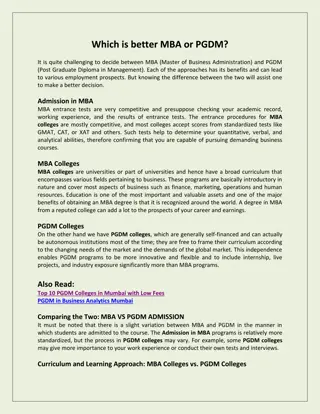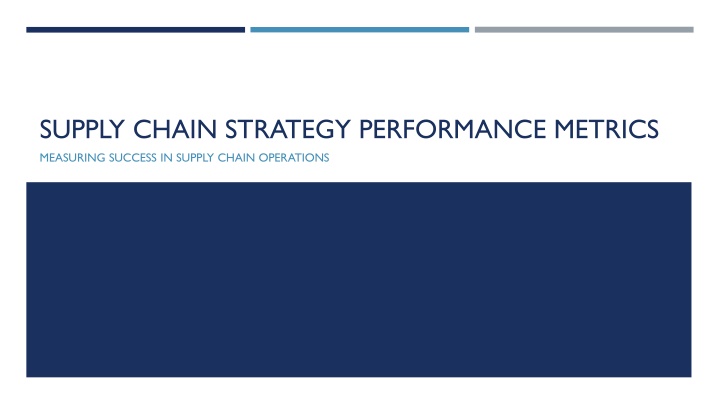
Measuring Supply Chain Success Through Performance Metrics
"Explore the purpose and key metrics for measuring success in supply chain operations, including inventory turnover, order fulfillment cycle time, on-time delivery, perfect order rate, and customer order cycle time. Understand how these metrics drive efficiency, optimize operations, and enhance decision-making for effective supply chain management."
Download Presentation

Please find below an Image/Link to download the presentation.
The content on the website is provided AS IS for your information and personal use only. It may not be sold, licensed, or shared on other websites without obtaining consent from the author. If you encounter any issues during the download, it is possible that the publisher has removed the file from their server.
You are allowed to download the files provided on this website for personal or commercial use, subject to the condition that they are used lawfully. All files are the property of their respective owners.
The content on the website is provided AS IS for your information and personal use only. It may not be sold, licensed, or shared on other websites without obtaining consent from the author.
E N D
Presentation Transcript
SUPPLY CHAIN STRATEGY PERFORMANCE METRICS MEASURING SUCCESS IN SUPPLY CHAIN OPERATIONS
PURPOSE OF SUPPLY CHAIN METRICS Identify the effectiveness of the supply chain strategy. Track performance, optimize operations, and achieve business goals. Provide data-driven insights for decision-making.
KEY SUPPLY CHAIN PERFORMANCE METRICS Key Metrics: Inventory Turnover Order Fulfillment Cycle Time On-Time Delivery (OTD) Perfect Order Rate Customer Order Cycle Time Supply Chain Costs (Transportation, Warehousing, etc.) Fill Rate Return Rate
METRIC 1: INVENTORY TURNOVER Definition: Measures how often inventory is sold and replaced over a period. Formula: Importance: Indicates how well inventory is managed. High turnover: Efficient use of inventory. Low turnover: Potential for excess stock and higher holding costs.
METRIC 2: ORDER FULFILLMENT CYCLE TIME Definition: Time taken from receiving an order to delivering the product to the customer. Formula: Order Fulfillment CycleTime= Order Delivery Date Order Received Importance: Reflects how quickly a company can process and deliver orders. Goal: Minimize cycle time to improve customer satisfaction
METRIC 3: ON-TIME DELIVERY (OTD) Definition: The percentage of orders delivered on or before the promised delivery date. Formula: Importance: Critical for customer satisfaction and loyalty. Industry Goal: Typically, 95%+ OTD.
METRIC 4: PERFECT ORDER RATE Definition: Percentage of orders delivered without any issues (correct items, quantity, and on-time). Formula: Importance: Measures the overall effectiveness and efficiency of the supply chain. Goal: Aim for 90% or higher.
METRIC 5: CUSTOMER ORDER CYCLE TIME Definition: Time from order receipt to order delivery. Formula: Importance: Directly impacts customer experience and satisfaction. Goal: Shorter cycle time improves competitiveness.
METRIC 6: SUPPLY CHAIN COSTS Definition: Total costs associated with the supply chain, including procurement, transportation, warehousing, and inventory management. Formula: Importance: Helps to manage costs and improve supply chain efficiency. Goal: Minimize costs without sacrificing quality or customer service.
METRIC 7: FILL RATE Definition: Percentage of customer demand met without backordering. Formula: Importance: High fill rate indicates strong demand fulfillment capabilities.
METRIC 8: RETURN RATE Definition: Percentage of goods returned by customers. Formula: Importance: Indicates the quality of products and accuracy of orders. Goal: Minimize return rate.
ALIGNING METRICS WITH STRATEGY How to Align Metrics: Identify the strategic goals (e.g., cost reduction, service level improvement). Select metrics that reflect these objectives. Continuously monitor and refine based on performance. Example: Cost Reduction: Focus on Supply Chain Costs and Inventory Turnover. Customer Satisfaction: Focus on On-Time Delivery and Perfect Order Rate.
BEST PRACTICES FOR USING METRICS Use Dashboards for Real-Time Monitoring. Ensure Data Accuracy: Clean, reliable data is key for correct analysis. Review and Update Metrics Periodically: Adapt to changing business needs. Benchmarking: Compare metrics against industry standards.
CONCLUSION Summary: Effective supply chain metrics are essential for measuring and improving performance. Choose the right metrics based on your strategy. Continuous monitoring and refinement are key to success. Call to Action: Start implementing and tracking metrics today to enhance supply chain performance.


